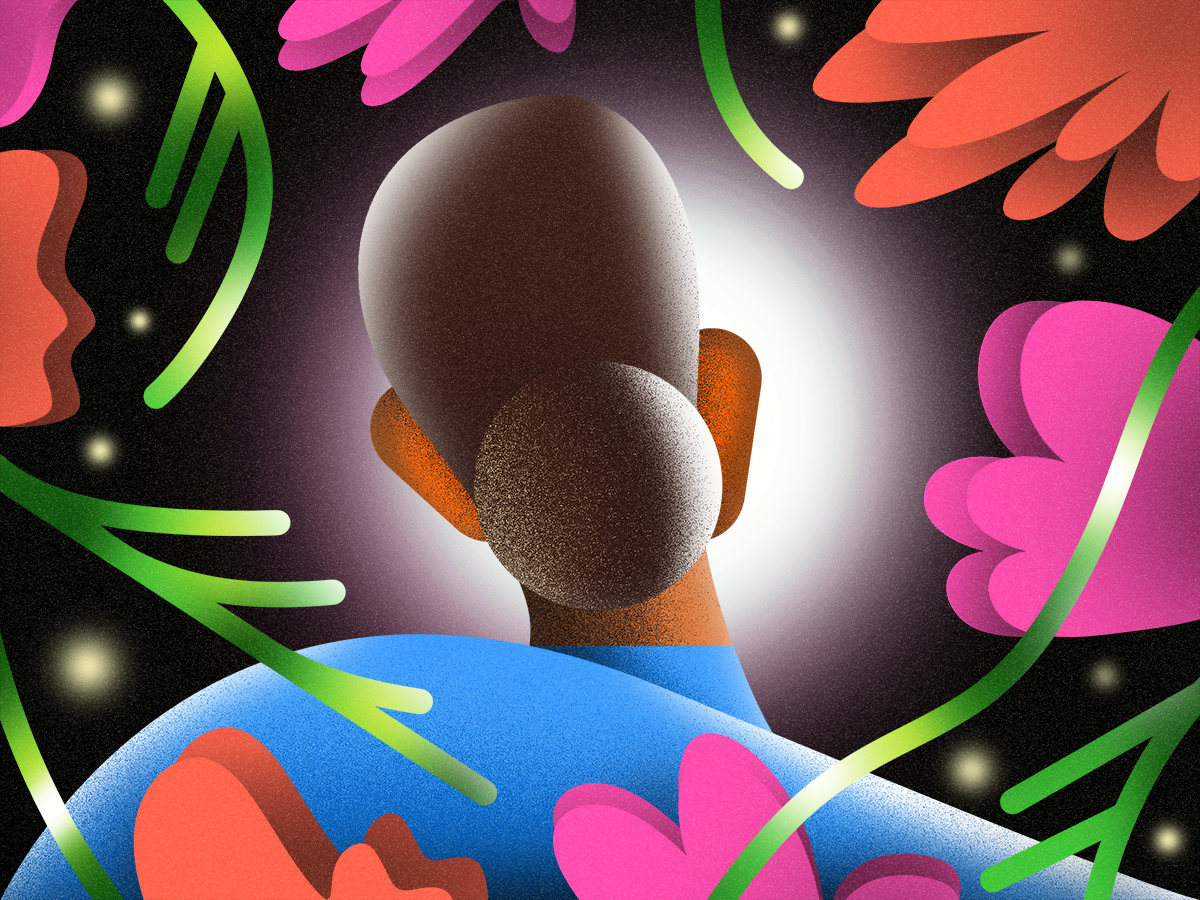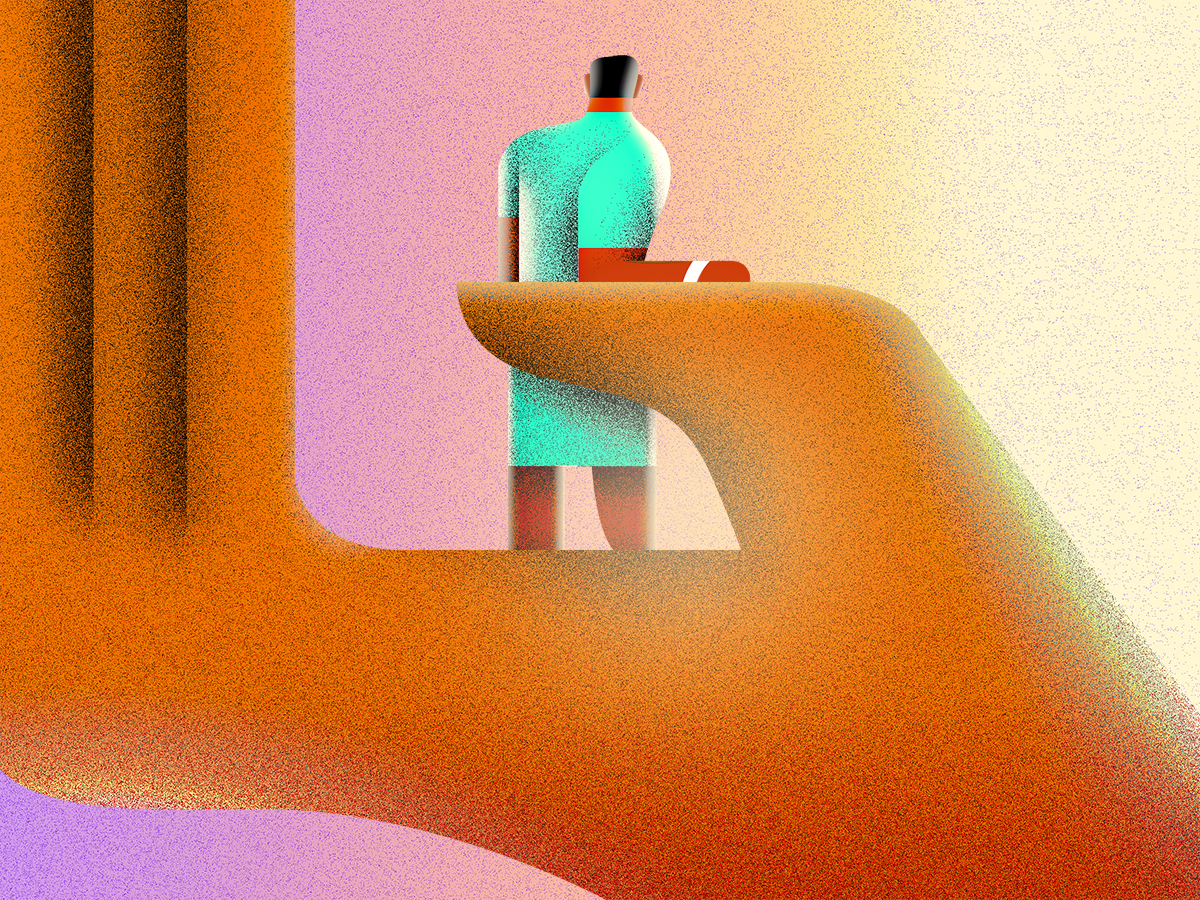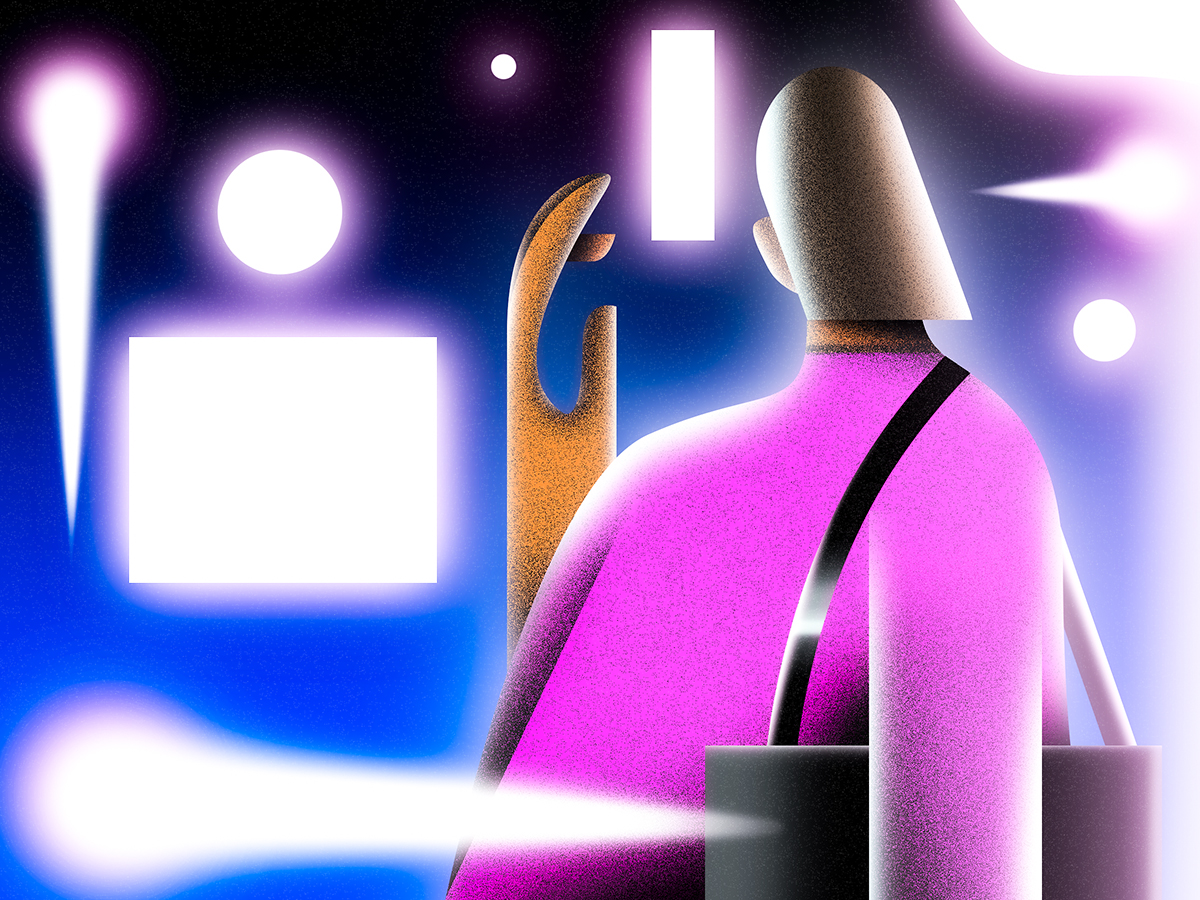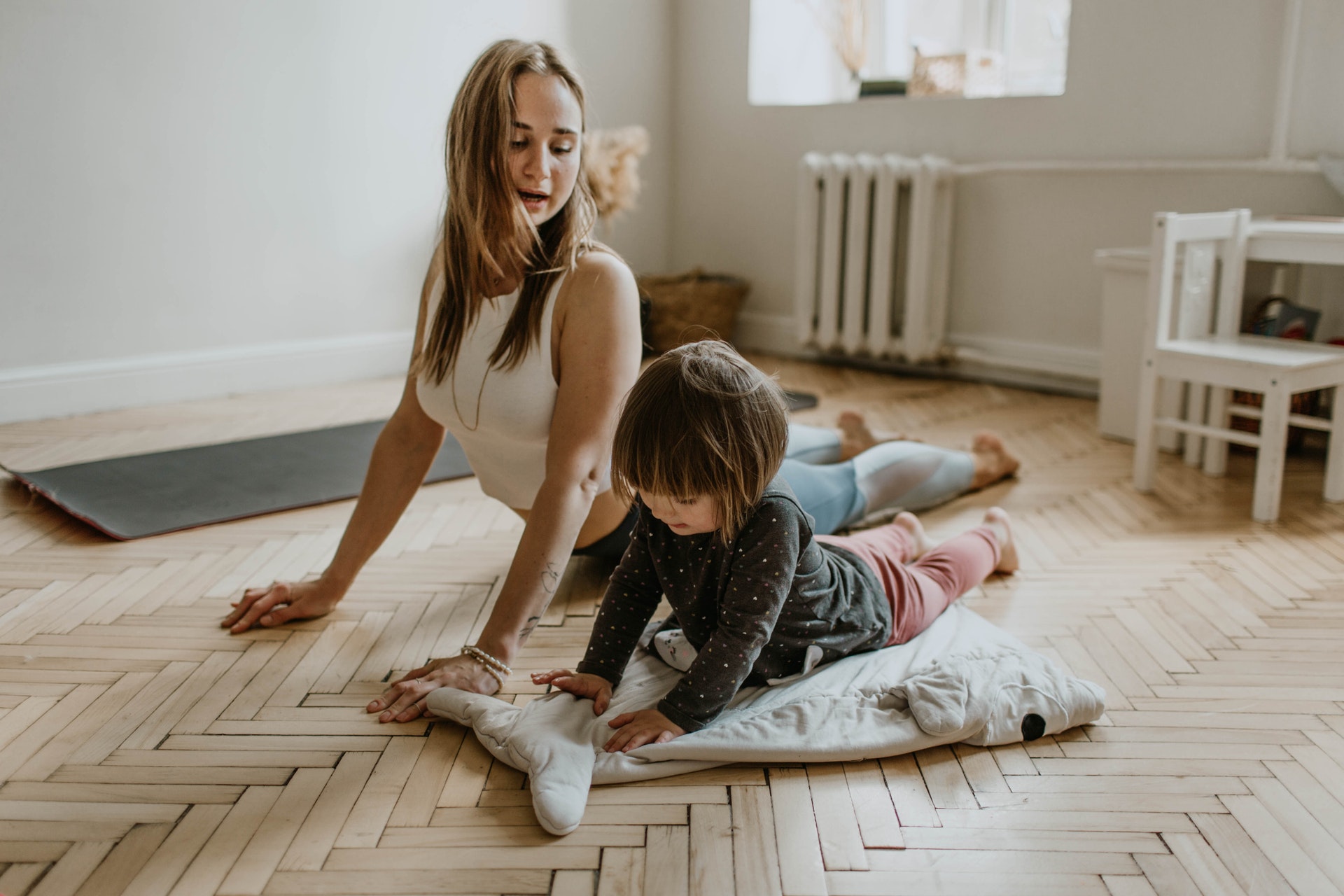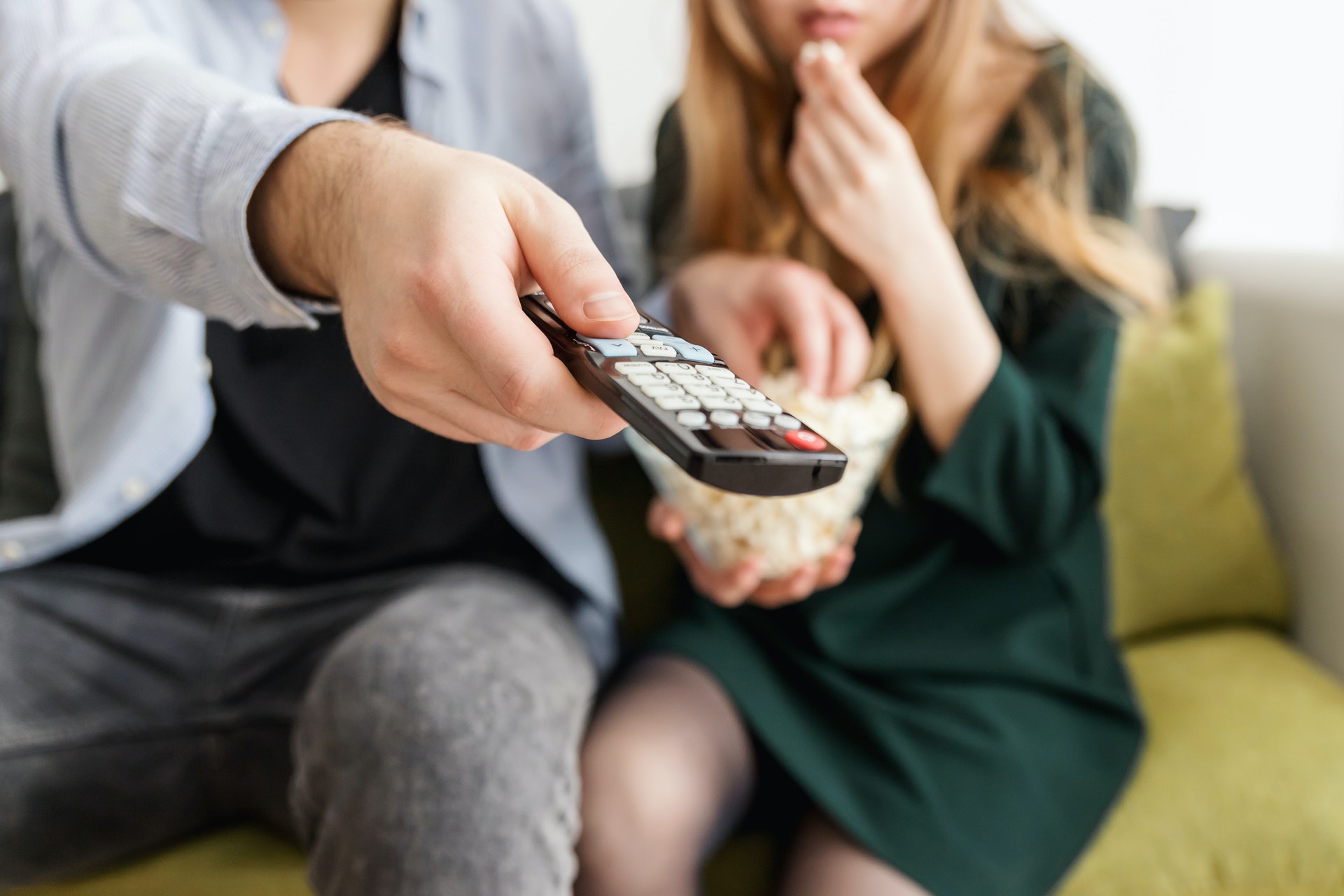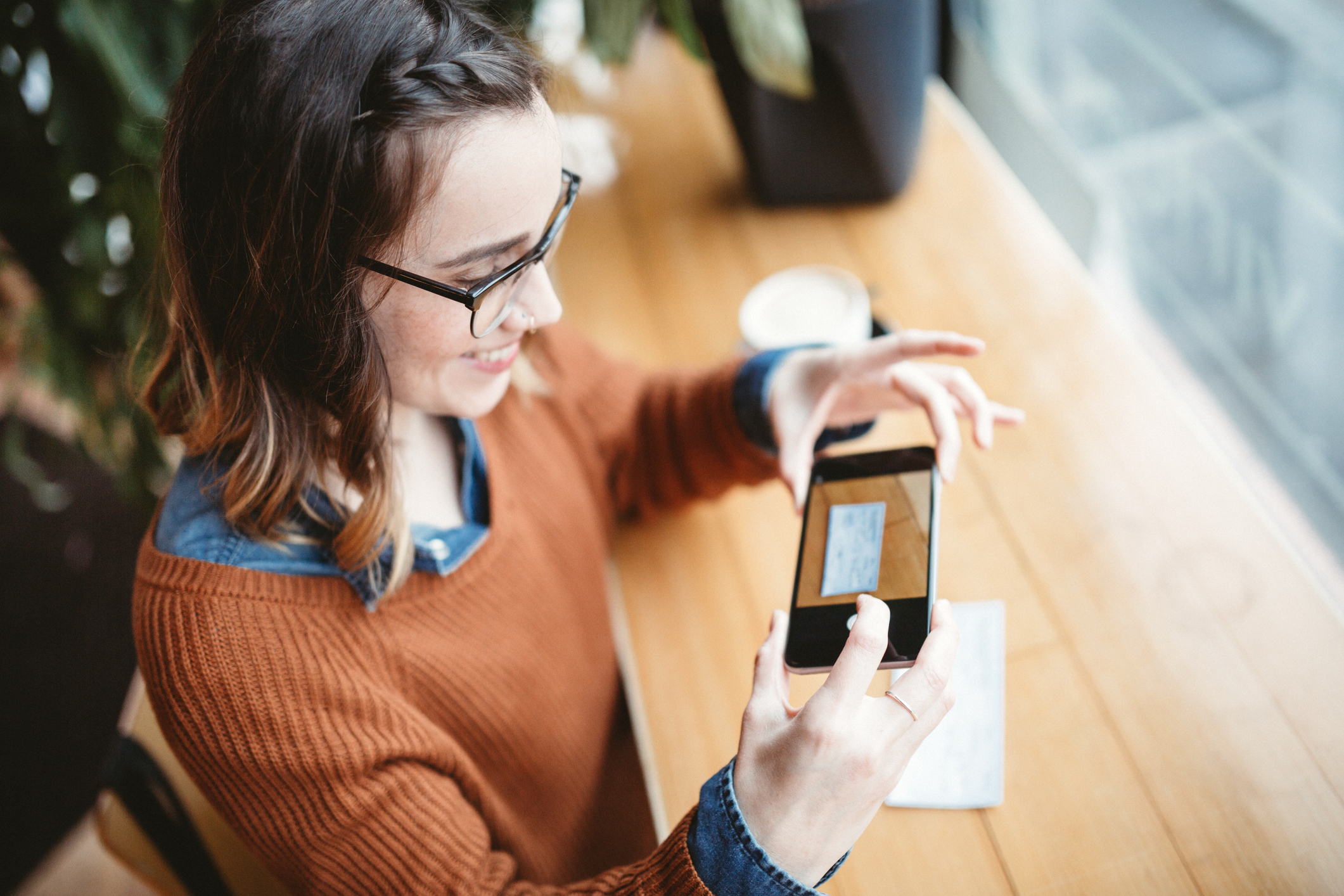A hard reset on what’s valuable.
Like many of us, the ongoing coronavirus pandemic and economic uncertainty have forced me to more closely scrutinize “what are the things of value” in my daily life.
In March my car lease was up. I was curious: What would leasing a car be like during a time when everyone (myself included) is sheltering in place? It turned out to be the best car leasing experience I have ever had, and one I will repeat.
I researched the vehicle I wanted, negotiated the price, and arranged insurance — all online. And one day later, a very nice person showed up with the keys at my house and the new car in my driveway. Why would anyone go back to buying a car “the old way” when they could have this type of experience all the time?
And that got me thinking. About habits. Digital experiences. And what the world is going to look like after the COVID-19 crisis has passed.
A peculiar thing about habits.
From frequent handwashing and videoconferencing to elearning and ordering essential supplies online, we have all adopted many new habits that get us through our daily pandemic routines.
These habits start with simple acts that we repeat over and over until they become ingrained behaviors. And while they are certainly having profound effects on how we are all doing business in the short term, they are also likely to change the way we interact with our employees and customers forever, moving forward.
In 2009, researchers from University College London discovered a peculiar thing about habits. They examined the new habits of 96 people over the space of 12 weeks, and found that the average time it takes for a new habit to stick is about 66 days. And when you consider that, according to most experts, the current wave of the virus won’t abate until May or June — more than 90 days since the COVID-19 crisis began — we should all start preparing for a whole lot of new habits.
There are then three questions we must answer:
- What will these new habits be?
- How can brands respond to them?
- How will they impact our businesses?
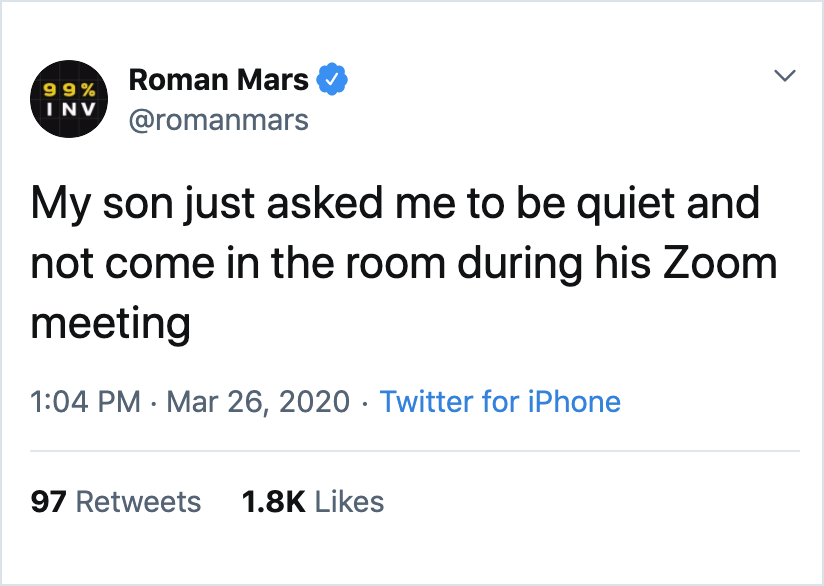
New habits?
Business solutions are moving into the world of consumers more quickly than ever. Podcast host Roman Mars identifies a potential new habit through his 13-year-old son. Will Gen Z learn “business” software before they’re even in the workforce? Or will the phenomenon of Bring Your Own Device (BYOD) evolve into Bring Your Own Software (BYOS)?
We predict that the need for brands to deliver more intimacy will continue after the threat of COVID-19 recedes. An equally important corollary: In an age of pandemic (and ecological) upheaval, much of that intimacy will need to be delivered digitally.
CASE STUDY
How a past epidemic changed consumer habits and led to a $25 billion IPO.

Originally a B2B e-commerce site, Alibaba was in the middle of pivoting to B2C to compete with eBay. But then, in the spring of 2003, the SARS epidemic hit China. And what looked like a long road to convince Chinese consumers to shop online suddenly became a very short runway. With more and more of the populace staying in their homes, new habits were about to form. In weeks, founder Jack Ma’s team completed Taobao, their B2C marketplace. In the 2016 book Alibaba: The House That Jack Ma Built, author Duncan Clark writes that the SARS outbreak “came to represent the turning point when the Internet emerged as a truly mass medium in China.”
And Alibaba was ready. “Crucially for Alibaba, SARS convinced millions of people, afraid to go outside, to try shopping online instead,” Clark writes in his book.
By 2006, Taobao had a larger share of China’s online auction market than eBay, and the American company decided to pull out of the country completely. Today, Taobao has over 600 million monthly users, helping to turn Alibaba into one of the world’s largest e-commerce companies, with over $56 billion in annual revenue.

Serving new habits with a sharper focus on customer experience.
So, how can we respond to the new habits that will soon emerge?

Fogg Behavior Model
Behavior happens when motivation, ability, and a prompt come together at the same moment.
B.J. Fogg, an American social scientist and founder of the Behavior Design Lab at Stanford University in California, has spent a lifetime studying this impact.
When the balance is just right, we can achieve optimal behavior change. Marketers have been trying to perfect this method for a decade, to bend customer behavior to their will (and their business objectives). How simple, natural, fun, and interesting of an experience can we create to change habits? Just ask Facebook or LinkedIn.
Of course, the new reality of COVID-19 changes the game even more. In this new world, the pandemic itself (as well as a spiraling economy) provides all the Motivation we need to change our behaviors. The relentless flow of crisis information creates a compelling (and often frightening) Prompt. Ability may be the only lever left to us to change customer behaviors and habits.
Therefore, we predict that the companies that deliver seamless and compelling experiences will be the ones that succeed and grow after the threat of COVID-19 recedes. And our previous corollary holds true as well: In an age of pandemic (and ecological) upheaval, it will be more important than ever for those experiences to be delivered digitally.
How will these new habits impact your business?
If we can agree that a) people can form new habits in as few as 66 days; b) these habits will center around greater intimacy and a more human scale; and c) exceptional (digital) experiences will be critical in serving those habits, it leaves us with a question:
How is all of this going to impact my business?
On the one hand, there are as many answers as there are businesses in the country. But on the other, we are already seeing trends among our own clients that give us clues about what the new normal may look like.
- Healthcare: One of our clients has reported a sevenfold increase in traffic to their telehealth portal program due to COVID-19. The portal’s primary function is to conduct initial diagnosis in order to limit the number of patients sitting in waiting rooms and doctors’ offices—and they have been successful in evaluating and treating patients without in-person contact. Is telemedicine finally ready to go mainstream? Will healthcare systems need to differentiate on the experience in addition to the quality of care?
- Financial services: Unlike past crises, where the financial services industry was arguably a victim (9/11) or a villain (2008 mortgage bubble), retail banks are not at the center of COVID-19. Several of our clients have shown leadership in their communities, accelerating loan approvals, waiving ATM fees, and reaching out to older customers who are less familiar with digital services like online banking. Instead of merely offering online services and apps, can banks begin using their digital experiences as differentiators? Will Customers expect faster, more delightful banking with no need for physical interaction or old-school paper processes?
- Networking: The working-from-home phenomenon has been growing for more than 20 years. But COVID-19 just turned the dial up to 11. Once the crisis begins receding, we doubt that everyone is just going to go back into the office, which means the networking world will have to evolve quickly. Several of our clients are doubling down on management tools and security offerings that address the needs of a much more widely distributed workforce. Will the quality onboarding and service experiences grow increasingly important as employees have to manage more of their own connectivity from home? In addition, there will be more security “incidents” in the short term as laggards learn the hard way that they must walk the walk, not just talk the talk.
The habits of tomorrow.
This early in the crisis, it isn’t certain yet which new habits will stick and which will fall by the wayside once “the next normal” kicks in. But one trend is already clear: the acceleration to human centricity fueled by a recalibration of what people value.
To better understand this phenomenon, the Strategy team at Hero Digital began a “Habits” study earlier in the crisis, tracking changes in habits across a representative cross section of the U.S. population over time. So far, the results track with some macroeconomic industry trends. For instance people are embracing the familiar while also adopting the new.
